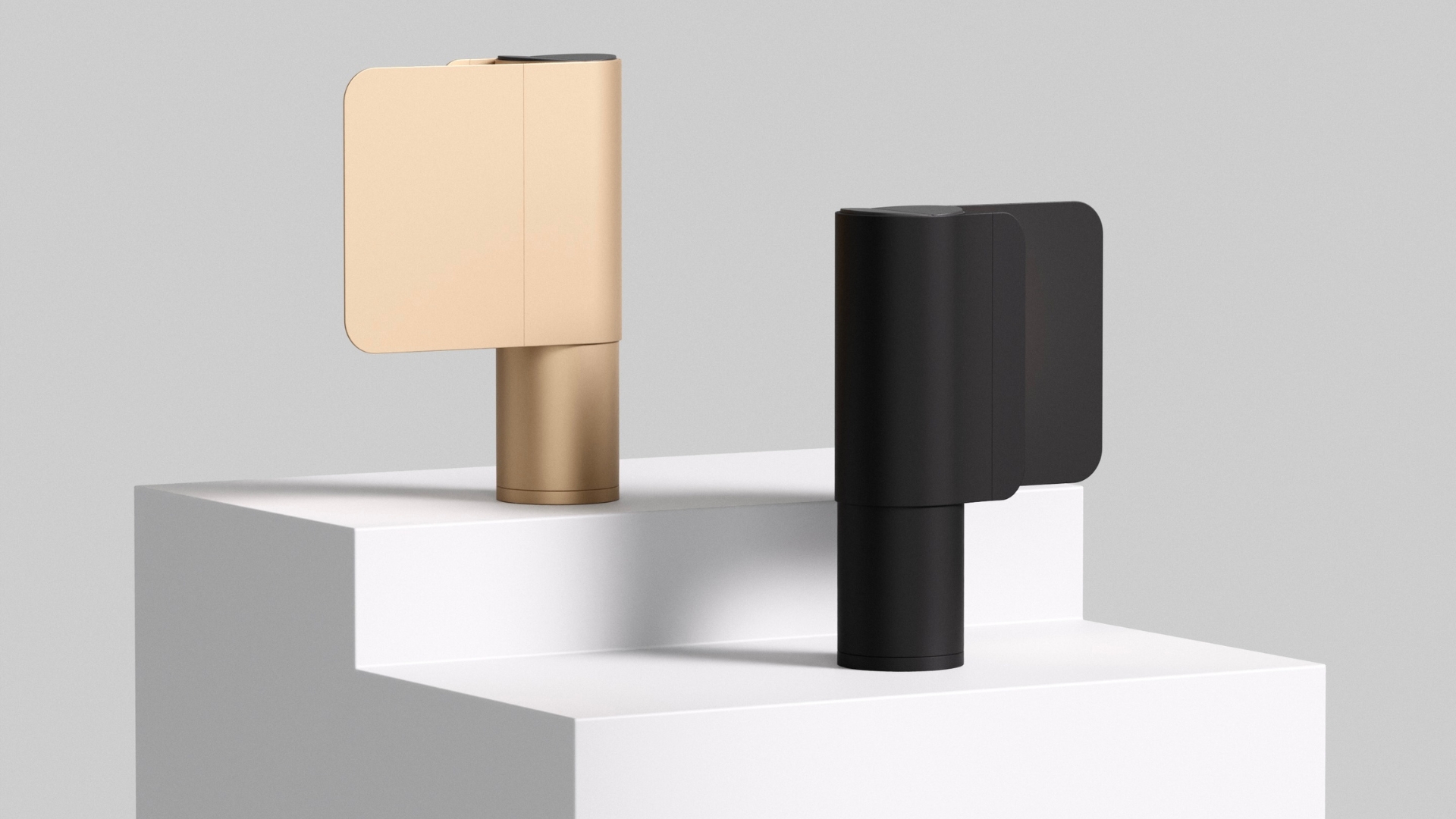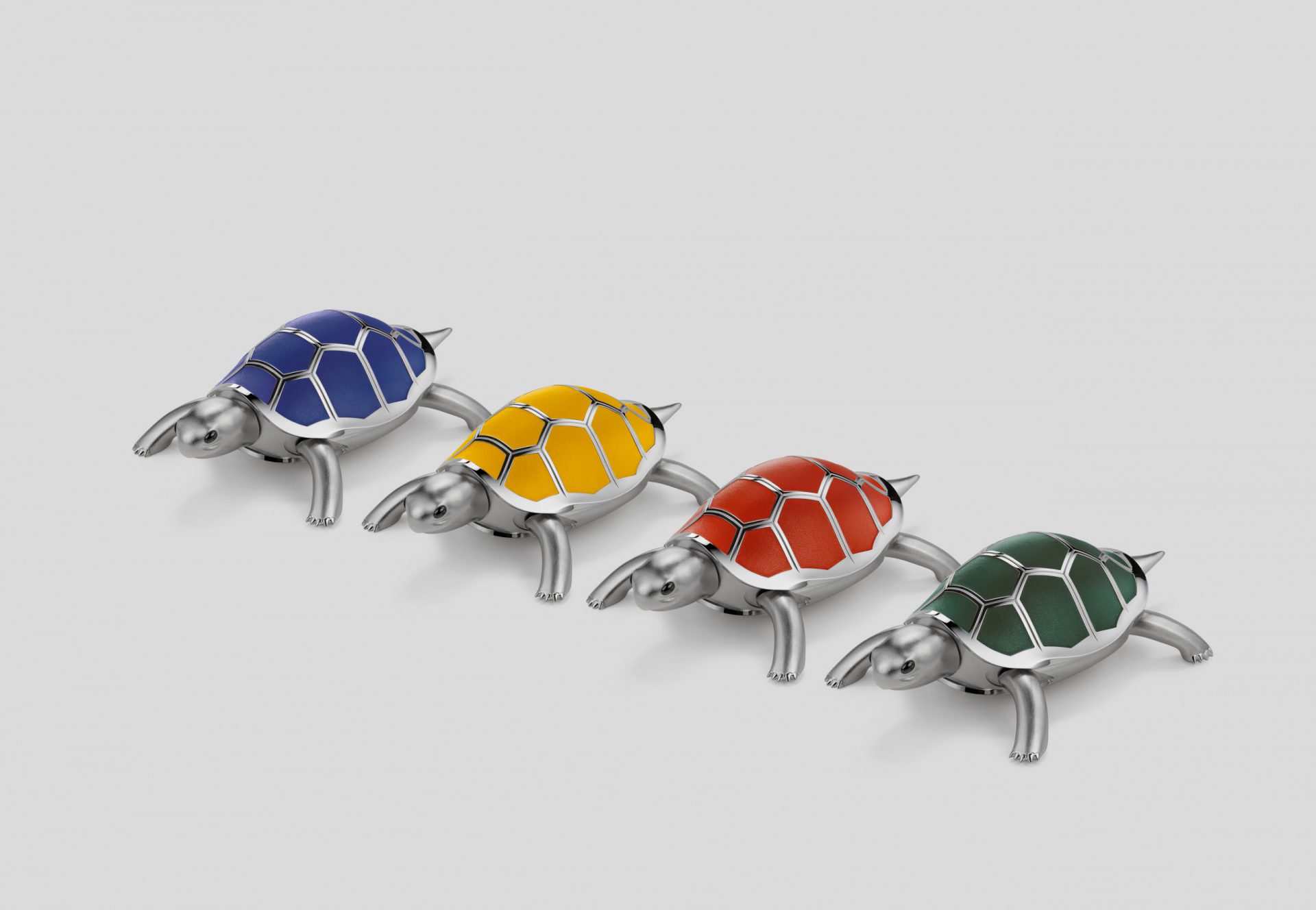A guide on how (and why) to protect your innovations and artistic expressions
To delve into this critical domain, we had the privilege of engaging with Ilaria Gargiulo, Partner at DGRS Studio Legale and Head of the Intellectual Property and Advertising Team.

In the dynamic world of design, the protection of innovations and artistic expressions holds paramount importance. In this exclusive interview, Ilaria Gargiulo sheds light on the multifaceted realm of design protection, addressing everything from the fundamentals of safeguarding intellectual property to the challenges faced by emerging designers and the responsibilities of businesses and design studios. With a specialized focus on the legal aspects of design, the Milanese DGRS law firm offers comprehensive support tailored to the intricacies of this creative industry.
Frequently, designers and the businesses we engage with turn to us for guidance, particularly when they grapple with the dilemma of introducing a new project. Their primary concern revolves around the fear of potential replication, or in some instances, especially among younger designers, the apprehension of seeing their creative works emulated without due acknowledgment, either by more established design studios or, in certain cases, by well-known brands.
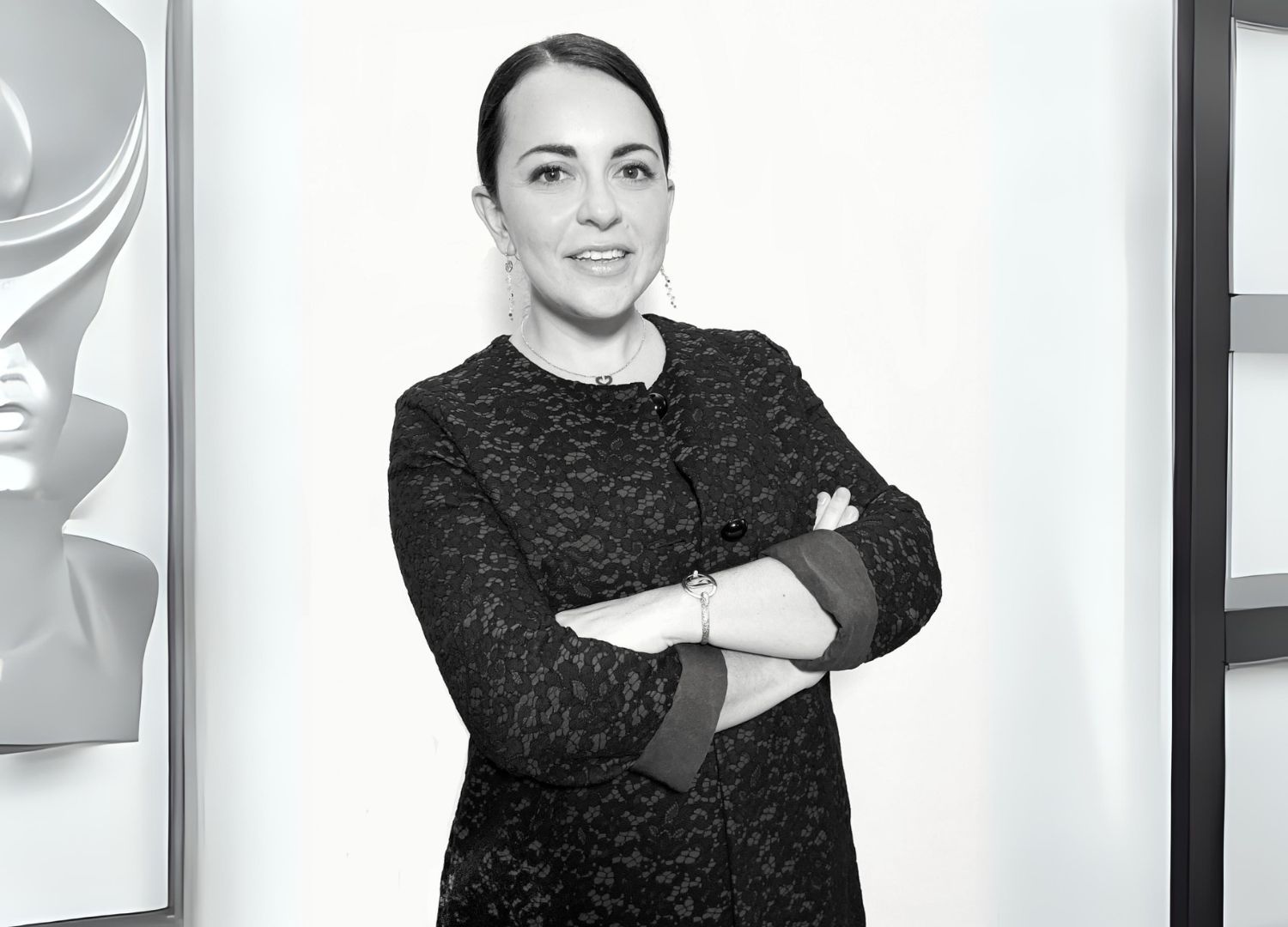
Recognizing DGRS’ profound knowledge in this area, we sought their assistance in gaining a deeper insight into how designers and companies can safeguard themselves, both proactively and when confronted with challenging scenarios.
Join us on this insightful journey as we explore the “how” and “why” of protecting your design works, guided by the expertise of Ilaria Gargiulo.
In reference to the world of design, what does your firm specialize in and what aspects does it address?
Ilaria Gargiulo:
“At our law firm, we are specialized in providing comprehensive legal support tailored specifically to the world of design. Our expertise encompasses a wide array of aspects, including every kind of intellectual property rights, such as copyright law and trademark protection, for the purposes of licensing agreements, contract negotiation, dispute resolution and every other matter in which IP rights may be involved. We are deeply committed to safeguarding the creative endeavors of designers, architects, creative agencies, and businesses operating in the design field.
Our focus extends to protecting and advocating for the innovative ideas, original designs, and creative assets of our clients. We assist in securing and defending their intellectual property rights, ensuring that their creations are legally protected and their interests are safeguarded in a rapidly evolving design landscape.

Furthermore, we understand the nuances of the design industry, whether it’s product design, graphic design, fashion design, or architectural design. This deep knowledge enables us to offer strategic legal advice that aligns with the unique needs and challenges faced by designers and design-centric businesses.
Ultimately, our aim is to provide comprehensive legal solutions that empower our clients to navigate the complexities of the design world with confidence, knowing that their creative endeavors are legally secure and their rights are vigorously defended.”
The protection of design works is a hot topic, especially in a digital world rich in images and inspirations. Could you specify what, from your point of view, should be protected and why?
Ilaria Gargiulo:
“In the digital age, where images and inspirations abound, protecting design works is of paramount importance to ensure the integrity and value of creative assets. From our perspective, several elements within design should be afforded robust protection due to their intrinsic value and contribution to the creative landscape.
Firstly, originality forms the cornerstone of design. Unique and innovative design concepts, whether they manifest in product design, graphic design, architectural design, or any other creative domain, deserve legal protection. Protecting these original creations through copyright and design registration is crucial, as it safeguards the creator’s rights and acknowledges their creative contributions.

[ Read also What to do when someone (big) is “strongly inspired” by your design?, an interview with well-known designer Luca Nichetto ]
Then we have visual elements such as logos, trademarks, and branding materials that are essential components of a company’s identity. These distinctive features should be protected to prevent unauthorized use or infringement, preserving brand image and market share.
Moreover, the functional and ornamental aspects of designs play a pivotal role in consumer appeal and market competitiveness. Safeguarding these aspects through design registration ensures that the effort, investment, and innovation behind these designs are shielded from unauthorized imitation or counterfeiting.
Furthermore, the digital realm poses challenges regarding unauthorized use or reproduction of design. Protecting digital assets, including online content, digital designs, and user interfaces, becomes imperative to prevent infringement and maintain the value and integrity of these creations.
Additionally, whether with reference to the digital world or the more “traditional” world, it is normal to research and check what has already been done by third parties for inspiration before making and publishing one’s own work. The biggest critical issue is always to protect one’s work from unauthorized use by third parties. When making a design work, for example, it is therefore important to have certain precautions before disclosing and publishing them, such as signing NDAs or agreements governing the making of the invention, or even being in possession of documents certifying a certain date of creation of the asset, which are very useful in case of disputes.

It is difficult to be able to control all the uses that are made of assets once they have been disclosed to the public, which is why it is important not only to have written documentation proving actual ownership over the design, but also to provide disclaimers warning that it is protected under applicable law.
In essence, what should be protected in design is the original concepts and format where law requirements are matched, visual identities, functional elements, and digital assets that constitute the essence and value of creative endeavors. By safeguarding these aspects, we not only respect the creativity and effort invested by designers but also foster an environment that encourages continued innovation and artistic expression within the design community.”
Often, young designers who lack the means and tools to protect themselves are the most affected by plagiarism. What advice do you have for them to protect their creations?
Ilaria Gargiulo:
“Of course young designers often face challenges in protecting their creations especially due to limited resources and to the unbalanced relationship of power that they have to accept in dealing with businesses and, sometimes, due to lack of experience. In our opinion, protection of creative works is crucial, especially for emerging designers who might encounter difficulties due to limited resources in claiming a violation of their rights before the relevant courts. That’s why we usually suggest the following actions to help young designers protect their creations:
- Educate Yourself: understand the basics of intellectual property law. Familiarize yourself with copyrights, trademarks, design registrations, and other legal tools available for protecting your designs. A number of online resources, workshops, and organizations offer valuable insights into intellectual property rights (such as the official website of the Intellectual Property Offices like WIPO, EUIPO or Italian Trademark and Patent Office).
- Record Your Work: collect detailed records of your design process, including sketches, drafts, prototypes, and the timeline of your creation. Documentation serves as crucial evidence of your original work and can support your case in case of infringement.
- Exploit Copyright Protection: copyright automatically protects original works upon creation, whether it’s a sketch, an illustration, a graphic design, or a written piece. Although registering copyright adds an extra layer of protection, your work will be protected regardless, and simply marking it with a copyright watermark (©), along with your name and the year of creation, can deter potential infringers. In addition, there are tools through which you can register your copyright (an online certification service could be used or, in Italy, SIAE – the local CMO – offers its own registration service). Since, as mentioned, copyright will rise with the creation of the work, regardless of any registration, these tools will not form the right in itself, but will rather provide concrete evidence of the fact that, at a given date (that of registration), your work did exist and was therefore protected. Such tools could be very useful in enforcing or defending your rights, enabling you to prove that they were already in place at a given time.
- Consider Design Registration: if your design has unique ornamental or functional aspects, consider seeking design registration. While this process involves some expenses, it grants exclusive rights to the design for a certain period, providing legal protection against unauthorized use. In relation to this point it should be considered that under EU design law, the grace period provides for a specific time during which disclosures or public exposure of a design before filing an application for its protection may not be considered as prior art, affecting the novelty of the design. In the EU, specifically under the Community Design Regulation (CDR), a grace period is granted to unregistered designs and allows designers to disclose their designs publicly up to 12 months before filing an application for design protection.
- Use Non-Disclosure Agreements (NDAs): When collaborating or sharing design concepts with others, especially manufacturers or potential partners, consider concluding NDAs. These agreements legally bind parties to confidentiality, preventing them from using or disclosing your designs without permission.
- Watermark and Digital Protection: for digital designs and images, consider watermarking your design or using digital rights management tools to prevent unauthorized usage or reproduction.
- Seek Legal Advice: even with limited resources, consulting an expert attorney specializing in design law or intellectual property law can be invaluable. By way of example, many legal professionals (and also our team at DGRS) offer initial consultations or pro bono services for young designers to understand their rights and options and have dedicated prices for them.
- Join Design Associations or Communities: engage with design communities and associations that offer support, mentorship, and resources for emerging designers. These networks often provide guidance on legal matters and advocate for the protection of creative works.
By being proactive, informed, and resourceful, young designers can take essential steps to safeguard their creations and navigate the complexities of intellectual property law, thus preserving the integrity and value of their innovative designs.”
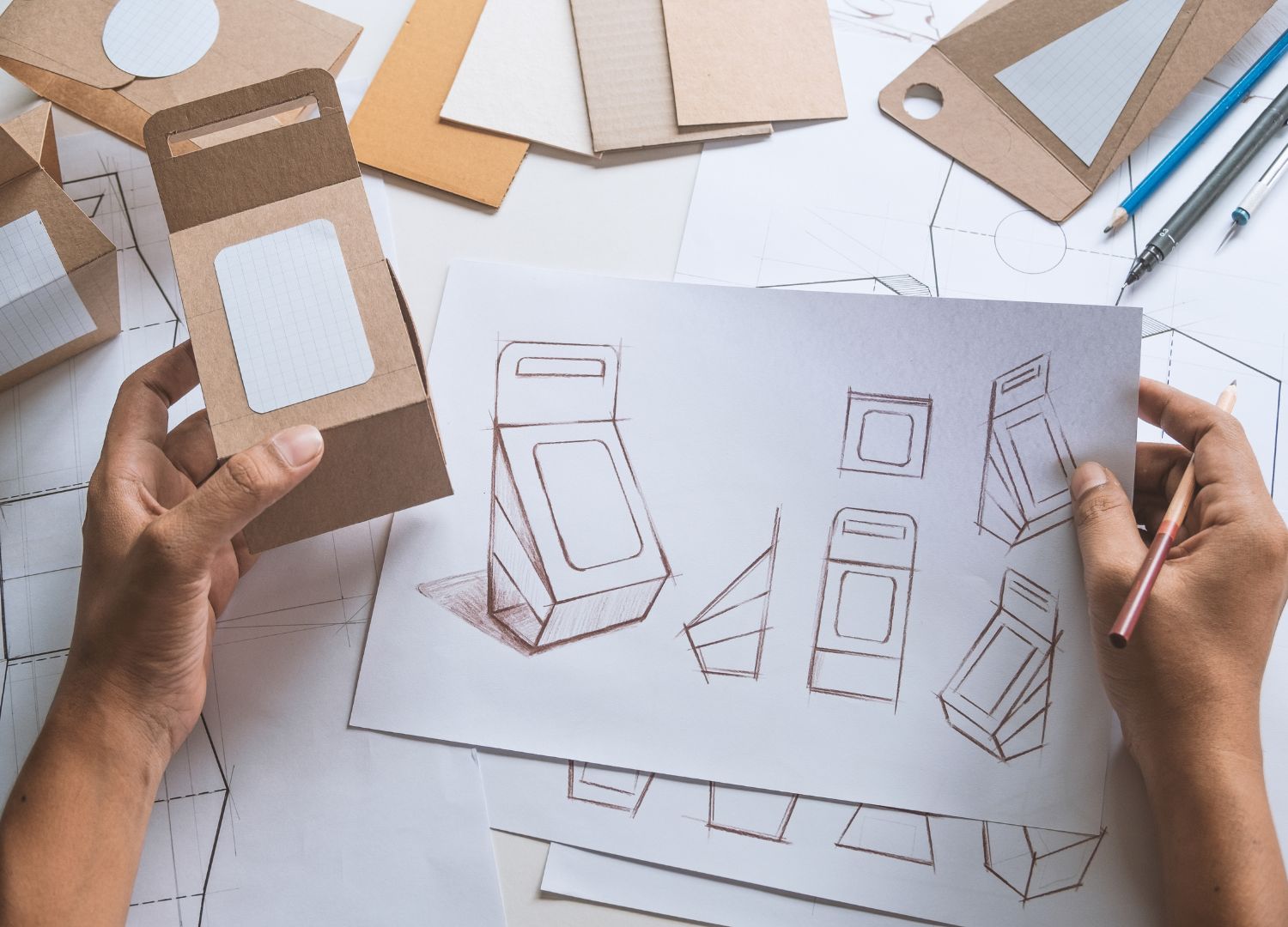
On the business side, when and how does it make sense for companies to intervene to protect their products? Furthermore, considering that they often collaborate with design studios, who should be responsible for this, the company or the designer?
Ilaria Gargiulo:
“Huge investments are made not only in research, creation and development, but also in marketing and communication, in the creation of design works and products. This is also why it is necessary to protect them, to prevent third parties from exploiting the work done by others and claiming it as their own.
Protecting products is essential for businesses but determining when and how to intervene largely depends on various factors within the design and business collaboration. By way of example, talking about timing, companies should consider initiating protection measures for their products as early as from the conceptual or development stage. Identifying the innovative aspects and unique features that contribute to the product’s market differentiation is crucial. It’s advisable to begin protection measures before public disclosure or commercial launch to safeguard the product’s novelty and value and where an infringement is made after the launch, to intervene as soon as possible in order to clearly inform the market that the company is highly involved in protecting its assets.
Considering on the other hand the protection mechanisms, companies can protect their products through various means, including patents for technical innovations, trademarks for brand elements, copyrights for artistic aspects, and design registration for the ornamental or aesthetic features. Moreover, agreements are important and relevant protection instruments: at every stage of development, production and distribution there are several subjects involved and often the same subjects are involved also in counterfeiting (because of the information they have on the products). The choice of protection depends on the nature of the product and its unique selling points.
Ultimately, the responsibility for initiating and overseeing the protection of products lies with companies. They usually hold the rights to the product (e.g. they acquire the rights from the designer they involve in the development process) and its commercial success, and safeguarding those rights is crucial for holding competitiveness and market share. Companies should proactively identify elements worthy of protection and take necessary legal measures to secure them.
This does not mean that the designer and the design studios are not involved in these processes. They contribute significantly to the creation and development of products. While their primary role is to innovate and create aesthetically appealing designs, they should also be aware of intellectual property rights and encourage discussions about protection with the company if they are to assign to the company all the IP rights; especially if their employment or collaboration agreements provide for royalties related to the success of the product as compensation (the more counterfeited a product will be, the lower the royalties to be collected from sales of the original).

Moreover, designers should cooperate with the company to identify protectable elements within their designs and help in documenting and defining these aspects for legal protection. In this case, their role is crucial for the protection of design and the companies owning the related rights.
On the other hand, if the designer or design studio hold the rights on the products they should act as above explained in relation to companies.
We can say that, in relation to these matters, an effective collaboration between companies and design studios is pivotal. Clear agreements outlining intellectual property rights, ownership, and responsibilities for protection should be established from the outset. In particular, agreements should address:
- Ownership of the design rights and any resulting intellectual property right;
- Obligations regarding the protection and registration of design-related rights;
- Provisions for confidentiality, non-disclosure, and non-compete clauses;
- Terms for licensing or transfer of rights if necessary.”
Given the international scale of the design industry and the various markets involved, is it possible to have complete warranties for one’s works, or are there strategic geographic considerations to be made?
Ilaria Gargiulo:
“As a general rule, each country has its own specific legislation and even if there are a lot of similar principles in intellectual property law there are still differences across various geographic regions. Then there are also EU laws and general principles that apply, but it is always a good idea to investigate specifically – where possible – the national framework where you intend to do business and the market in a particular territory.
Taking design registration as an example, it is necessary to identify the countries in which the company or the designer want to operate and in which they want to have an exclusive right of use. This because patent protection can be done at the national, European or international level, and only in countries where the registration was issued the owner of the exclusive rights attached to it can be allowed to enforce them.
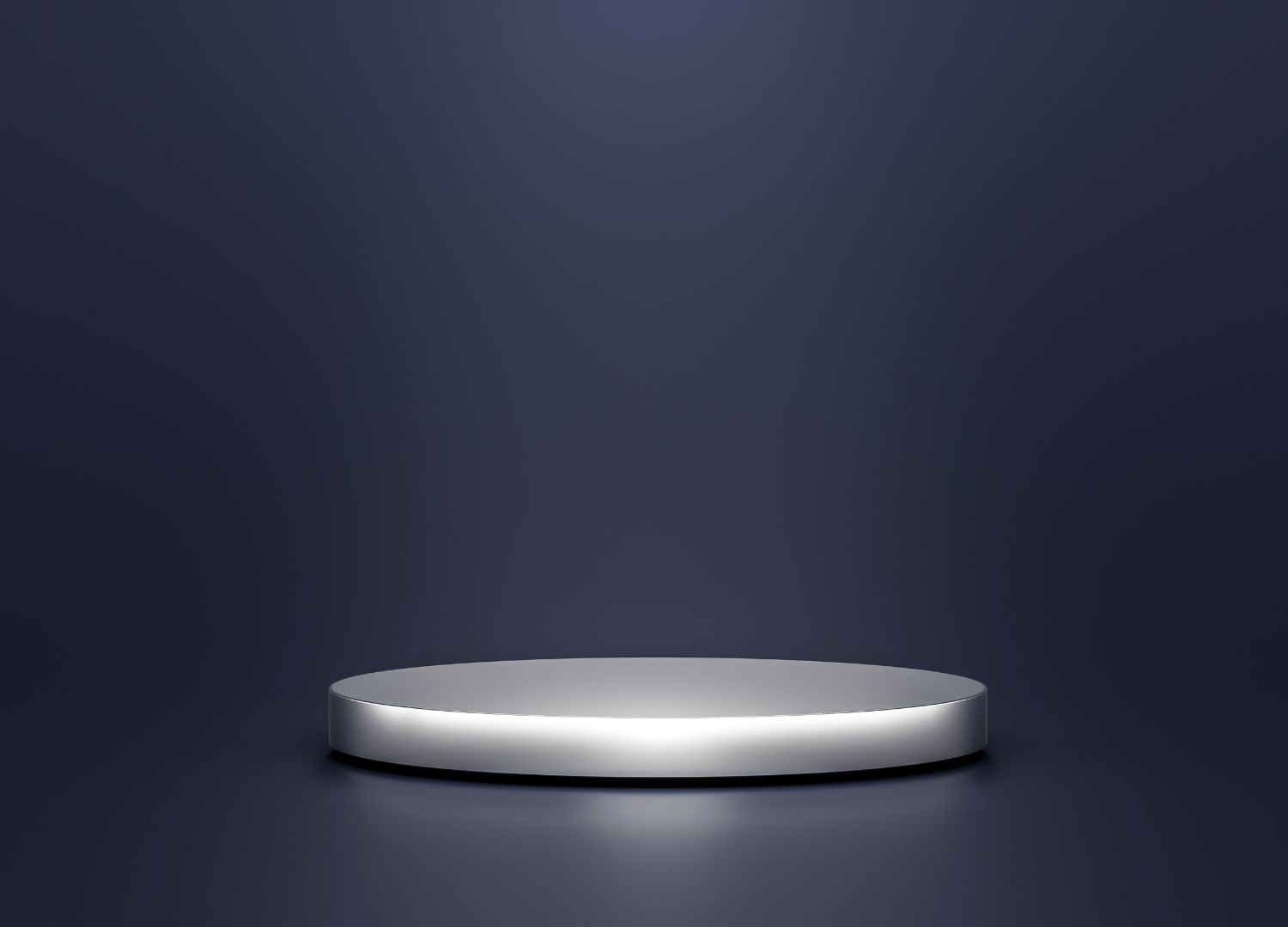
While complete warranties for the protection of designs across all territories are challenging to achieve, strategic considerations, including market prioritization, legal expertise, cost-effectiveness, and risk mitigation strategies, can significantly enhance the protection and value of creative works in the international design industry. A comprehensive approach, coupled with thorough understanding and careful navigation of the legal landscapes in target regions, can optimize the protection of intellectual property within the global design marketplace.
In this regard, some strategic consideration can be made:
- Target markets: prioritize protection in markets where your assets will have significant commercial value or where infringement risks are higher. Analyze market potential, consumer demand, and existing intellectual property infrastructure in different regions to determine priorities;
- Cost-effectiveness: obtaining protection in every market may be financially impractical. Consider a strategic approach, focusing on key markets or regions crucial for business growth and revenue generation and then updating strategies considering how and where the business is developing;
- Local expertise: engage with legal professionals or firms specializing in intellectual property law in target regions. Local expertise is invaluable in understanding and navigating the intricacies of each jurisdiction’s law and procedures;
- Enforcement challenges: Consider the enforcement capabilities and challenges in different regions. Some countries may have robust legal systems for IP enforcement, while others might pose challenges due to inadequate legal frameworks or enforcement mechanisms.”
Can you provide information about any counterfeiting cases you have been involved in? If so, please describe the nature of the cases and explain the actions you took in response.
Ilaria Gargiulo:
“Of course, I can provide information about a counterfeiting case involving the counterfeiting of a well-known men’s footwear design. Please note, however, that I cannot disclose the brand names involved due to ethical rules governing legal activity.
The case pertained to the counterfeiting of a famous men’s footwear design within the crowded footwear industry. It focused on evaluating minimal differences between two designs to determine whether there was any infringement in terms of design violation or unfair competition on the one hand, and the lack of protectability of such products due to the crowded sector and technical functions of certain shoe elements on the other.
Specifically, a renowned brand sent a cease-and-desist letter to my client, aiming to halt the production of a shoe model. In response, we challenged the allegations, asserting that the counterparty’s shoe design was not protectable and had become a commonplace and standardized shape. As both parties disagreed, the counterparty initiated legal action to establish the originality of their design. However, the Court ruled that the required originality was lacking, thus finding no wrongdoing.
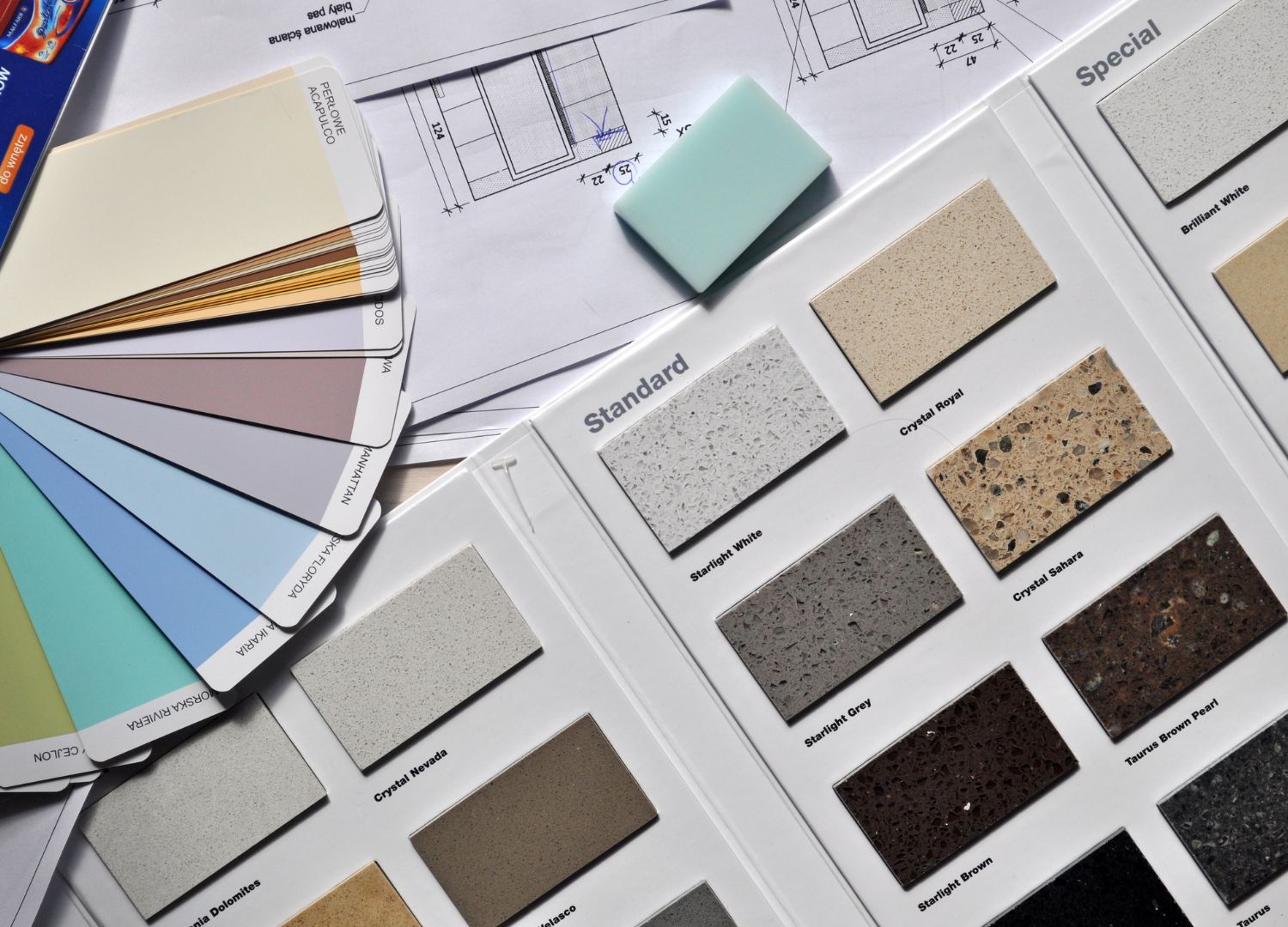
The case was particularly interesting due to the analysis of whether the design retained enough uniqueness to warrant legal protection within an industry known for its competitive and standard design elements. The Court’s decision centered on the lack of originality, highlighting the threshold necessary to establish design infringement or unfair competition.
This case underscores the complexities involved in determining the protectability of designs within industries characterized by standardization and intense competition, emphasizing the need for a thorough understanding of design law and the unique challenges given in such cases.”
In conclusion, what is the purpose of a firm like yours? When should it be involved and by whom?
Ilaria Gargiulo:
“The purpose of our firm is multifaceted, aiming to serve as a crucial partner for designers, design studios, and businesses alike. We are skilled in providing comprehensive legal advice and guidance throughout various stages of ideation, development, production, and distribution processes.
Ideally, our involvement is most effective when initiated in the early stages of a project. By being engaged at the outset, we can strategically advise on the best ways to protect intellectual property assets such as trademarks, designs, layouts, and more. Through tailored contracts and protective strategies, we proactively mitigate potential issues, helping to prevent many challenges that may arise later.
Our goal is to be a proactive partner, ensuring that the best legal and business-oriented solutions are carried out in the creative process, in order to minimize risks and maximize the value of intellectual property.
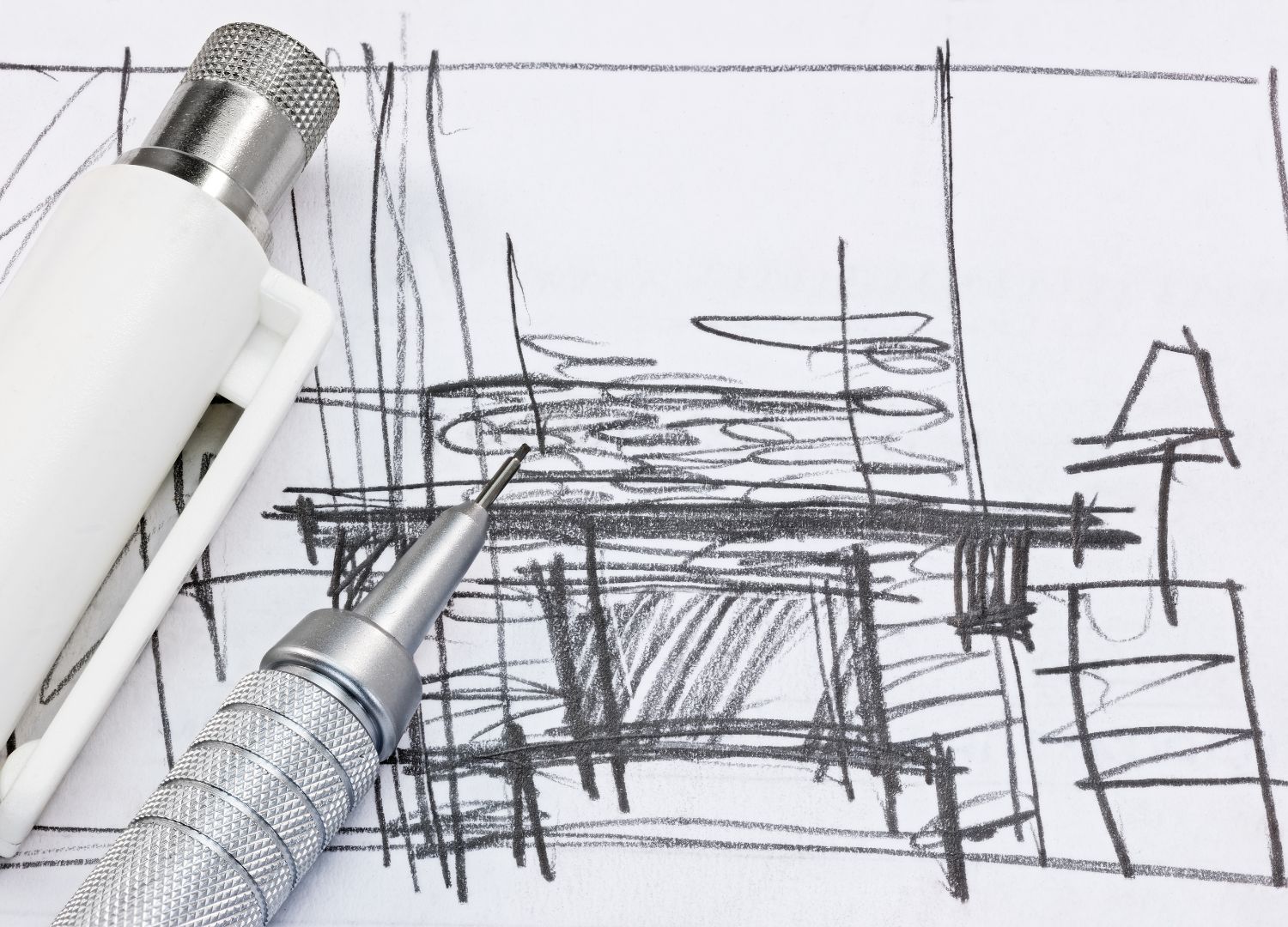
While we prefer to engage early in the process to provide preventive legal strategies, our expertise extends to supporting designers, design studios, and businesses in various legal disputes pertaining to intellectual property assets. As a legal team, we are equipped and prepared to handle any litigation needs, leveraging our specific expertise and preparation when called upon, albeit as a last resort.
Ultimately, our firm primary objective is to be a trusted partner, providing comprehensive legal support that aligns with our clients’ creative vision and business goals. We strive to offer concrete, tailored solutions that safeguard intellectual property while fostering innovation and business growth.”










